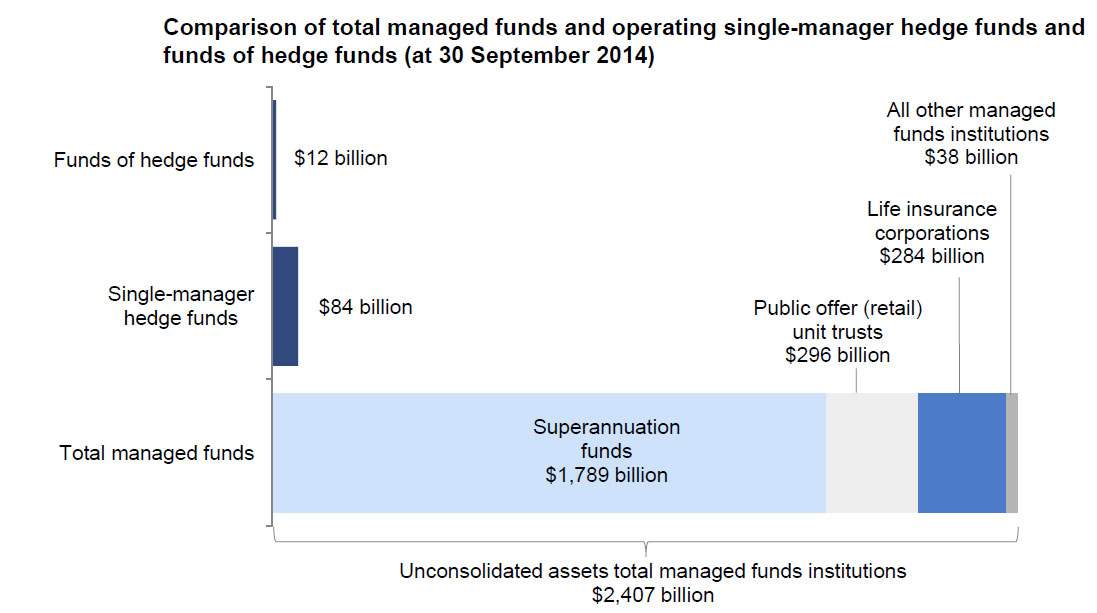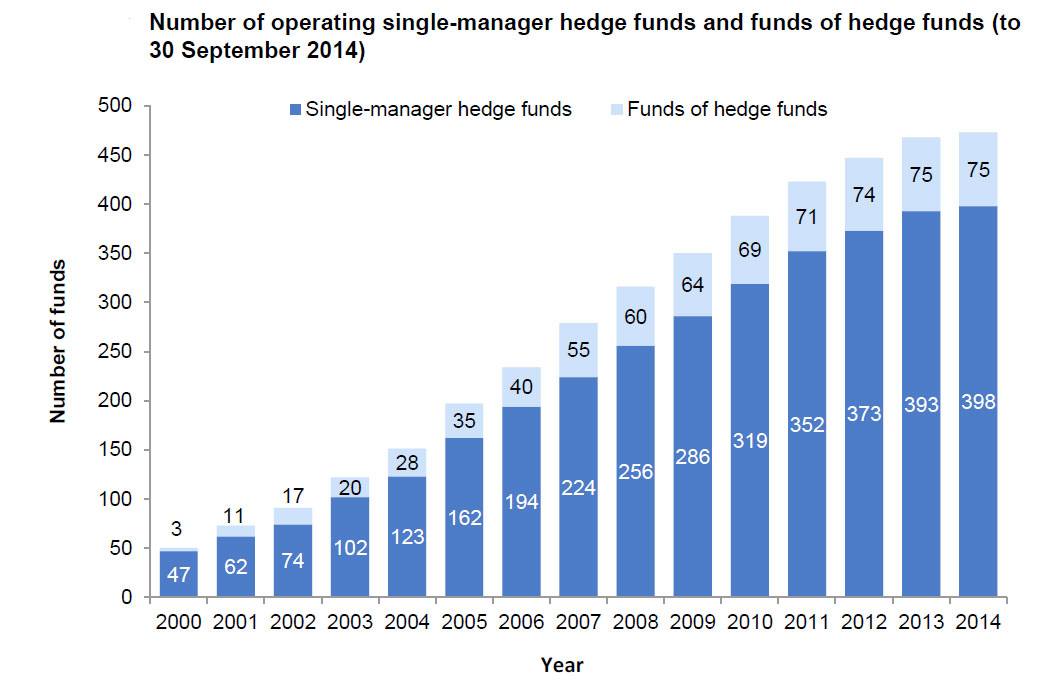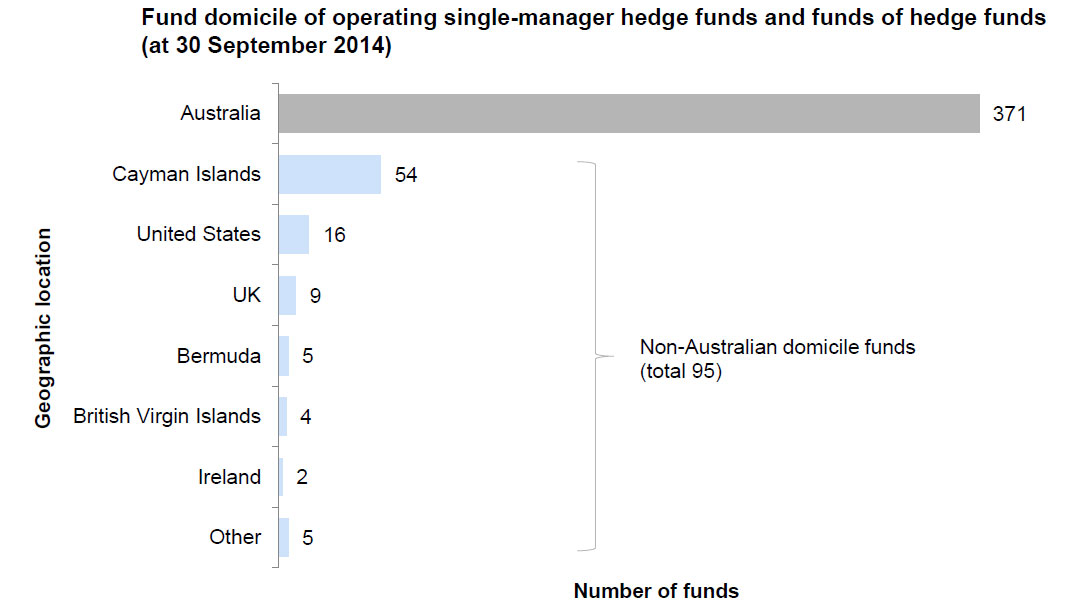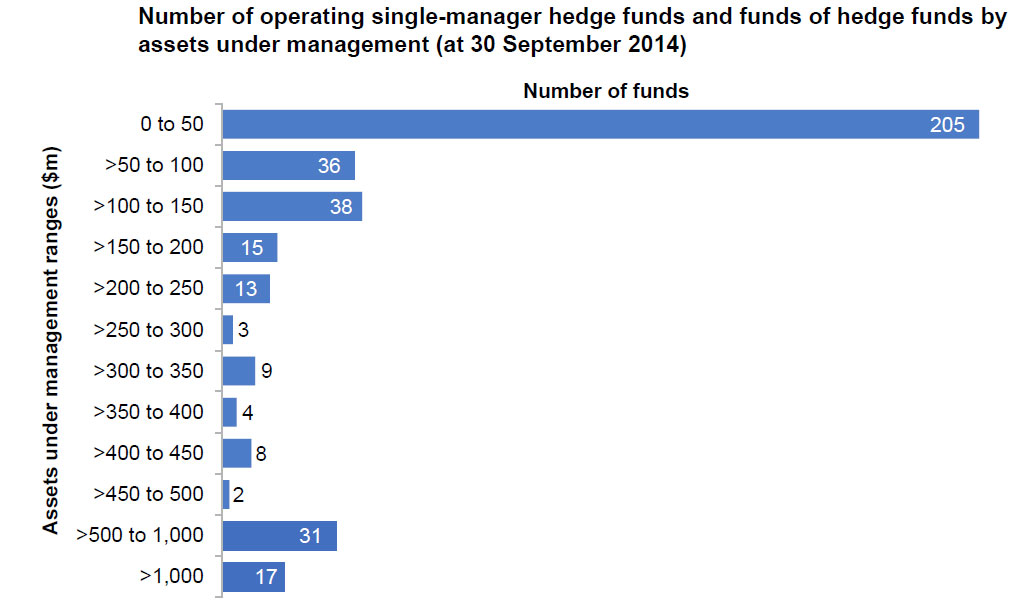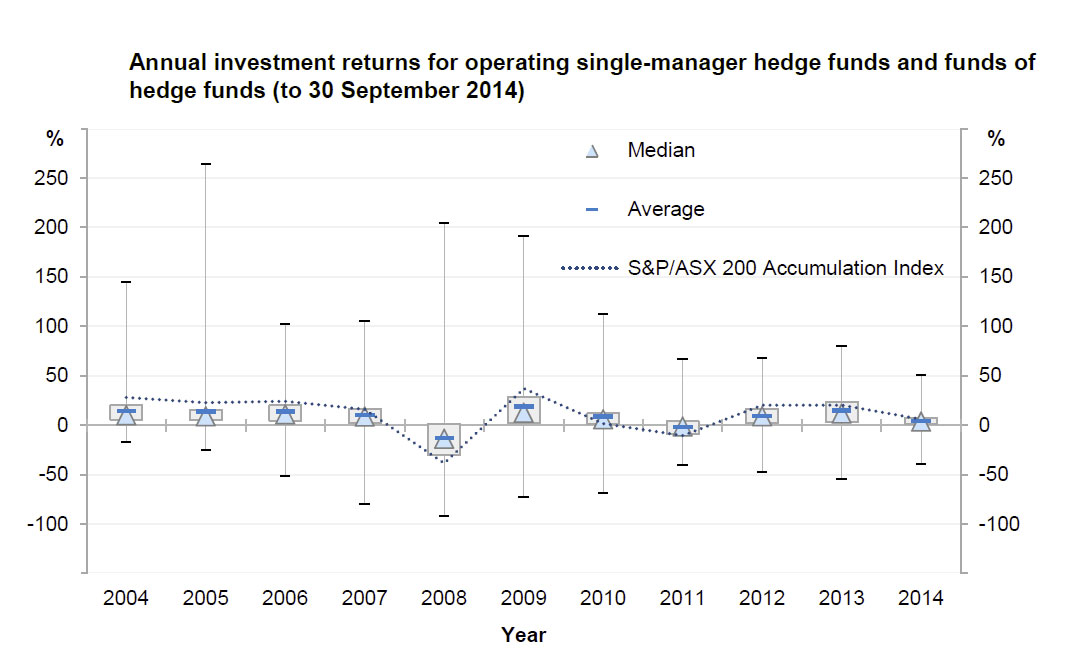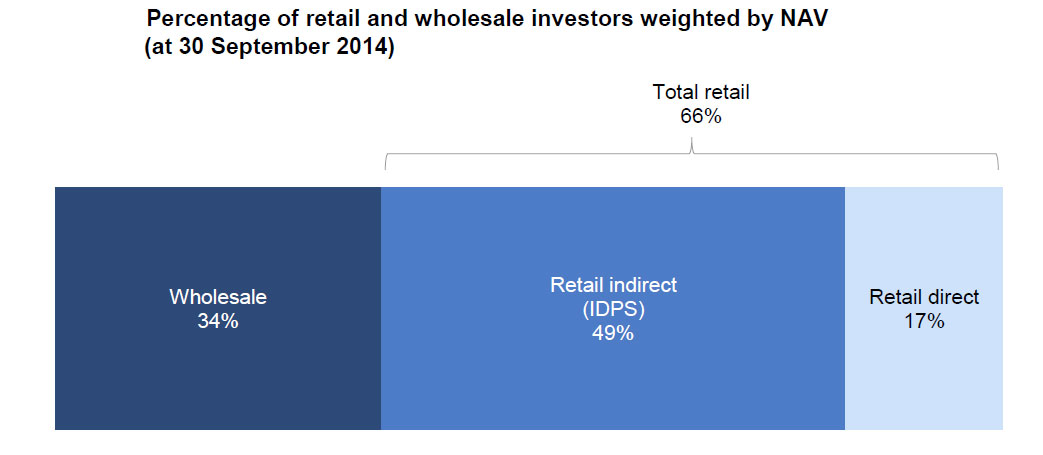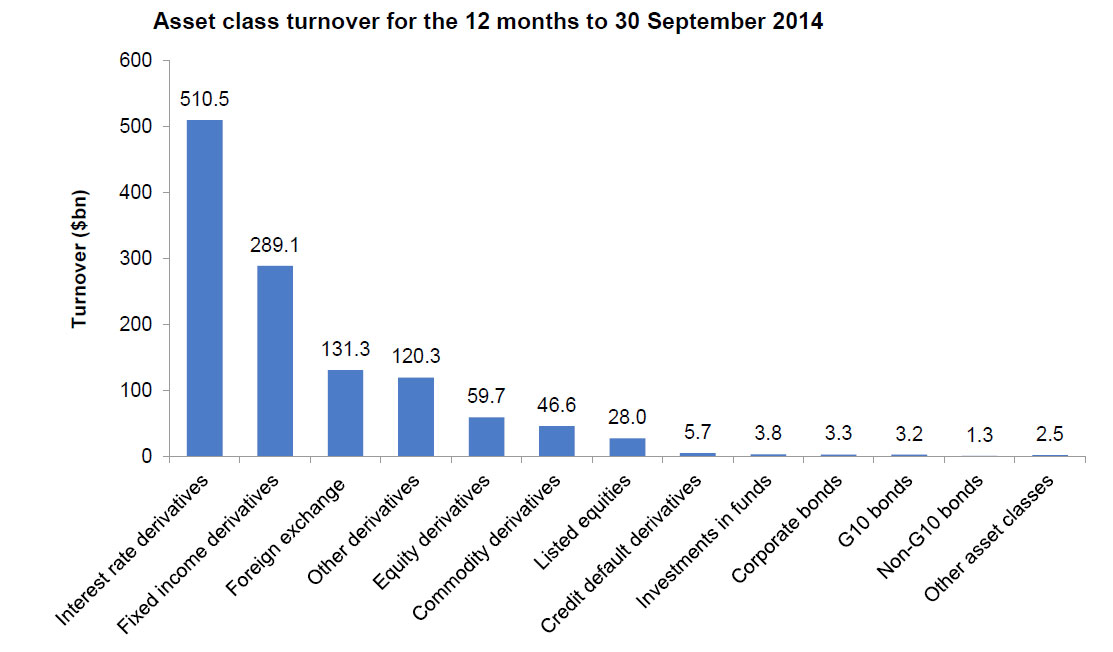Following concerns raised by ASIC, CGU Insurance Limited (CGU), together with Accident and Health International Underwriting Pty Ltd (AHI) have agreed to refund consumers over $2,000,000 in payday loan consumer credit insurance (CCI) premiums and fees. The insurance was sold by The Cash Store Pty Ltd (in liquidation) (The Cash Store) alongside payday loans to consumers.
The agreement follows earlier court action by ASIC against The Cash Store, in which the Federal Court found that The Cash Store had acted unconscionably in selling a payday loan CCI product (CCI product). The CCI product covered consumers against the risk of becoming unemployed, sick or dying during the period of the payday loans, which could be as short as one day, and was usually around two weeks.
ASIC’s court action against The Cash Store was in respect of its conduct between August 2010 and March 2012. In this period:
- The Cash Store sold the CCI product to 182,838 customers
- these customers paid $2,278,404 in premiums for cover
- only 43 claims were paid to consumers, totaling only $25,118.
‘ASIC took action because we were concerned about the unfair sale of the payday insurance when it was highly unlikely that consumers would be able to make a claim. We therefore welcome CGU and AHI’s agreement to refund more than $2 million to these consumers,’ ASIC Deputy Chair Peter Kell said.
To address ASIC’s concerns and minimise the risk of this type of conduct occurring again, CGU and AHI have agreed to:
- refund total amounts paid by consumers, together with interest, for all sales of the CCI product for which CGU was on risk for the product (including sales in 2013 when a modified version of the policy was reintroduced)
- review claims it denied where the consumer did not meet the eligibility requirements for a claim at the point of sale under both the initial and modified versions of the policy
- appoint an independent external firm to review its supervision of third parties
- appoint an independent external firm to review AHI, a wholly owned subsidiary of CGU, who was responsible for underwriting the payday loan insurance product.
ASIC’s inquiries into the sale of the CCI product by The Cash Store and the role of other entities is ongoing.
Background
The Federal Court imposed the maximum penalty of $1.1 million on The Cash Store for engaging in unconscionable conduct in breach of section 12CB of the ASIC Act. The total penalty on The Cash Store and the loan funder, Assistive Finance Australia Pty Ltd (AFA) was $18.975 million, which included penalties for systemic breaches of the responsible lending requirements under the National Credit Act.
The Federal Court action related to the conduct of The Cash Store during the period from August 2010 to March 2012 when it sold the CCI product in connection with 182,838 of the total 268,903 credit contracts entered into in this period (or 68% of these contracts). The CCI product was developed and distributed by a number of entities, including AHI via an underwriting agency agreement with Allianz (up until March 2011), and later through an underwriting agency agreement with CGU (from March 2011).
CGU was the insurer for the CCI productfor two periods; between 1 March 2011 and 31 March 2012 and 1 April 2013 and 31 October 2013. AHI temporarily stopped issuing the CCI product between April 2012 and April 2013. While off the market, AHI modified some of the terms on which cover was offered and subsequently recommenced sales of the modified CCI product through The Cash Store from April 2013 until October 2013. ASIC was concerned that the modified CCI product, despite some improvements, continued to offer very limited benefit overall.
On 3 March 2015, ASIC announced that Allianz had agreed to refund approximately $400,000 in CCI product premiums. The total amount of refunds agreed to by Allianz, CGU and AHI is just under $2.5 million, covering all sales of the CCI product.
The Cash Store generally charged its customers a premium of about 3.38% of the loan amount for the CCI product. From August 2010 to October 2013, consumers paid approximately $2.5 million for the CCI product, with The Cash Store retaining approximately $1.34 million as income.
The court also found that The Cash Store and AFA each breached seven separate provisions of the National Credit Act on multiple occasions. On 19 February 2015 the Federal Court imposed record penalties of $18.975 million against The Cash Store and AFA.

